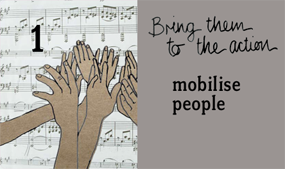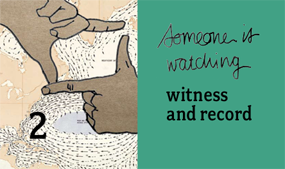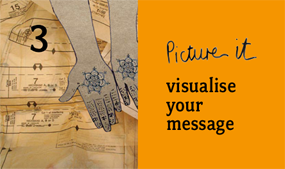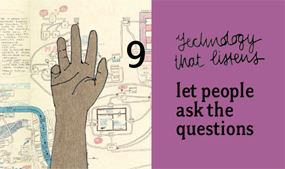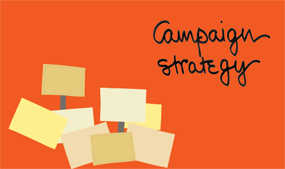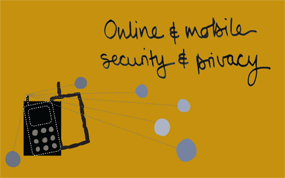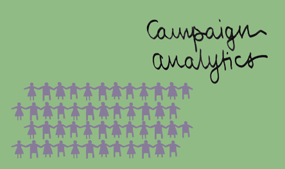 In a response to the contested Presidential elections in Belarus in 2006, advocates used the internet to organise gatherings to oppose President Lukashenko’s administration. The gatherings they organised were ‘flash mobs’ – brief, sudden actions performed by a large group of people who assemble in a public place before quickly dispersing. These flash mobs were mostly organised a day or two before they happened through websites, blogs, SMS, and online chat programmes. They had special significance in Belarus because unauthorised group public actions are prohibited by the government. At one flash mob, 40 to 50 people entered a public square eating ice creams, humourously drawing attention to the restrictions on the right to public gatherings. While the young people involved had done nothing except eat ice cream together, several were arrested. Others took photographs of the arrests and these circulated widely on LiveJournal and other websites. The flash mob received significant international media attention. Zhenya Mantsevich, a journalist and blogger in Belarus, says, “The result of the flash mobs was that many people saw how cruel and stupid our authorities can be, if they detain even people eating ice cream. People
saw that something is wrong in our society.”
In a response to the contested Presidential elections in Belarus in 2006, advocates used the internet to organise gatherings to oppose President Lukashenko’s administration. The gatherings they organised were ‘flash mobs’ – brief, sudden actions performed by a large group of people who assemble in a public place before quickly dispersing. These flash mobs were mostly organised a day or two before they happened through websites, blogs, SMS, and online chat programmes. They had special significance in Belarus because unauthorised group public actions are prohibited by the government. At one flash mob, 40 to 50 people entered a public square eating ice creams, humourously drawing attention to the restrictions on the right to public gatherings. While the young people involved had done nothing except eat ice cream together, several were arrested. Others took photographs of the arrests and these circulated widely on LiveJournal and other websites. The flash mob received significant international media attention. Zhenya Mantsevich, a journalist and blogger in Belarus, says, “The result of the flash mobs was that many people saw how cruel and stupid our authorities can be, if they detain even people eating ice cream. People
saw that something is wrong in our society.”
Tools used: Both personal and community pages on LiveJournal. ICQ (chat programme). Text messages on mobile phones.
Reach: 12 flash mobs as a reaction to the 2006 elections, with 100-200 people at the most well-attended flash mobs. Most participants were from Minsk.
Cost: Free, with small individual cost of sending text messages via SMS Resources: Internet access and mobile phone access for the people who gathered.
Time: Anywhere from a few hours to a few days to coordinate enough people for the flash mob, but not more than that, as word could reach authorities if too much time is taken to announce the gathering.
Level of difficulty: 1 out of 5.
Links to learn more:
READ THE WHOLE OF TACTIC 5: DOWNLOAD CARD (PDF)


 In a response to the contested Presidential elections in Belarus in 2006, advocates used the internet to organise gatherings to oppose President Lukashenko’s administration. The gatherings they organised were ‘flash mobs’ – brief, sudden actions performed by a large group of people who assemble in a public place before quickly dispersing. These flash mobs were mostly organised a day or two before they happened through websites, blogs, SMS, and online chat programmes. They had special significance in Belarus because unauthorised group public actions are prohibited by the government. At one flash mob, 40 to 50 people entered a public square eating ice creams, humourously drawing attention to the restrictions on the right to public gatherings. While the young people involved had done nothing except eat ice cream together, several were arrested. Others took photographs of the arrests and these circulated widely on
In a response to the contested Presidential elections in Belarus in 2006, advocates used the internet to organise gatherings to oppose President Lukashenko’s administration. The gatherings they organised were ‘flash mobs’ – brief, sudden actions performed by a large group of people who assemble in a public place before quickly dispersing. These flash mobs were mostly organised a day or two before they happened through websites, blogs, SMS, and online chat programmes. They had special significance in Belarus because unauthorised group public actions are prohibited by the government. At one flash mob, 40 to 50 people entered a public square eating ice creams, humourously drawing attention to the restrictions on the right to public gatherings. While the young people involved had done nothing except eat ice cream together, several were arrested. Others took photographs of the arrests and these circulated widely on 